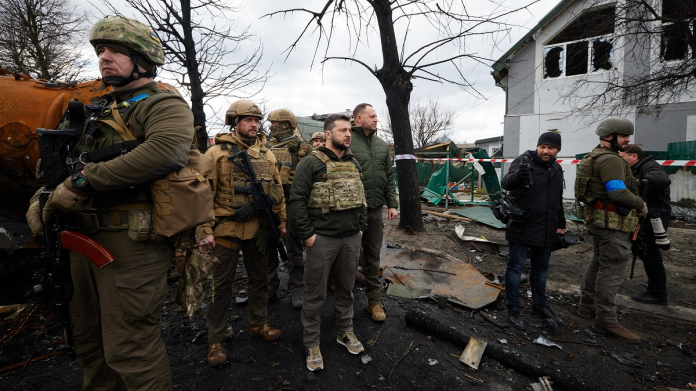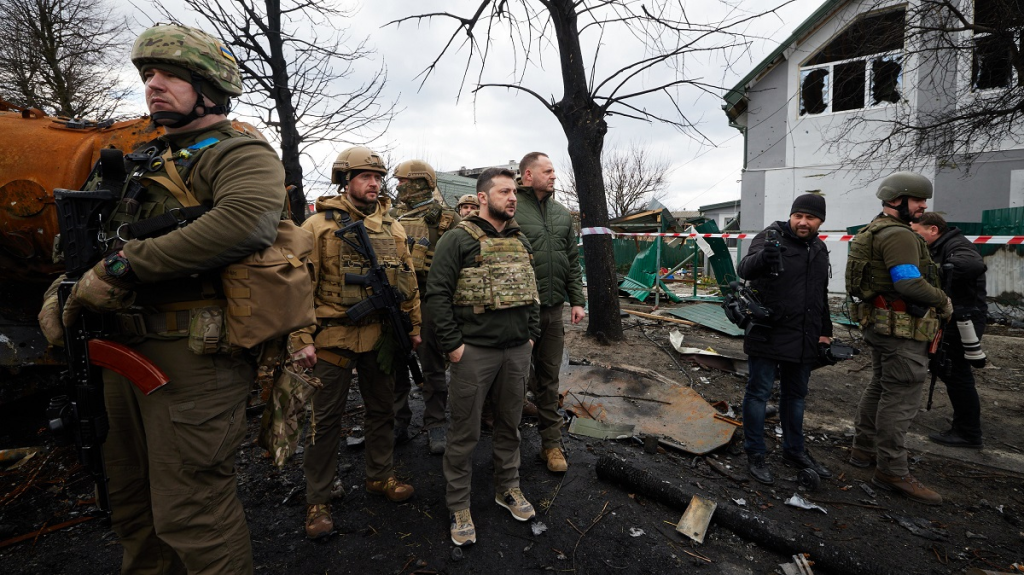
In June 2025, a Skydio X10 quadcopter flew over Grafenwoehr Training Area in Germany, with a live M67 grenade onboard. Several seconds later, the ordnance was deployed, the first live grenade drop from a small unmanned aircraft system (sUAS) by conventional US Army troops. The Army’s public post queried, Have you ever seen a drone drop a grenade a problem that, in the world military, had long since been solved on battlefields stretching from Mosul to Donetsk.
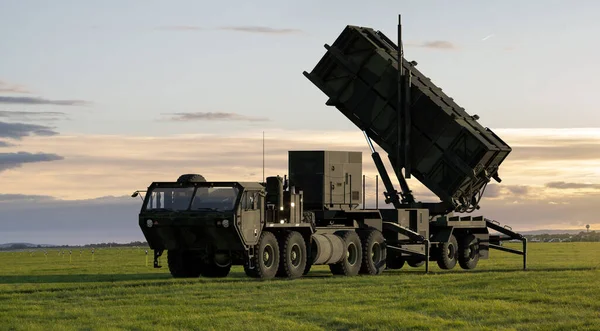
1. The Tactical Gap in US Drone Warfare
While Russia and Ukraine have turned grenade-dropping quadcopters into a science of warfare on the battlefield, the US Army is just starting to incorporate them into training. In Ukraine, first-person-view (FPV) drones systematically drop bombs with accuracy, frequently rendering armored vehicles costing millions worthless for pennies on the dollar. Ukrainian forces have used thousands of interceptor drones, substituting costly air-defense missiles in certain cases.
US exercises, by contrast, continue to struggle with rudimentary operational problems errant video signals, incomplete components, and environmental degradation issues which Ukraine’s troops have found ways to circumvent with years of warfare.
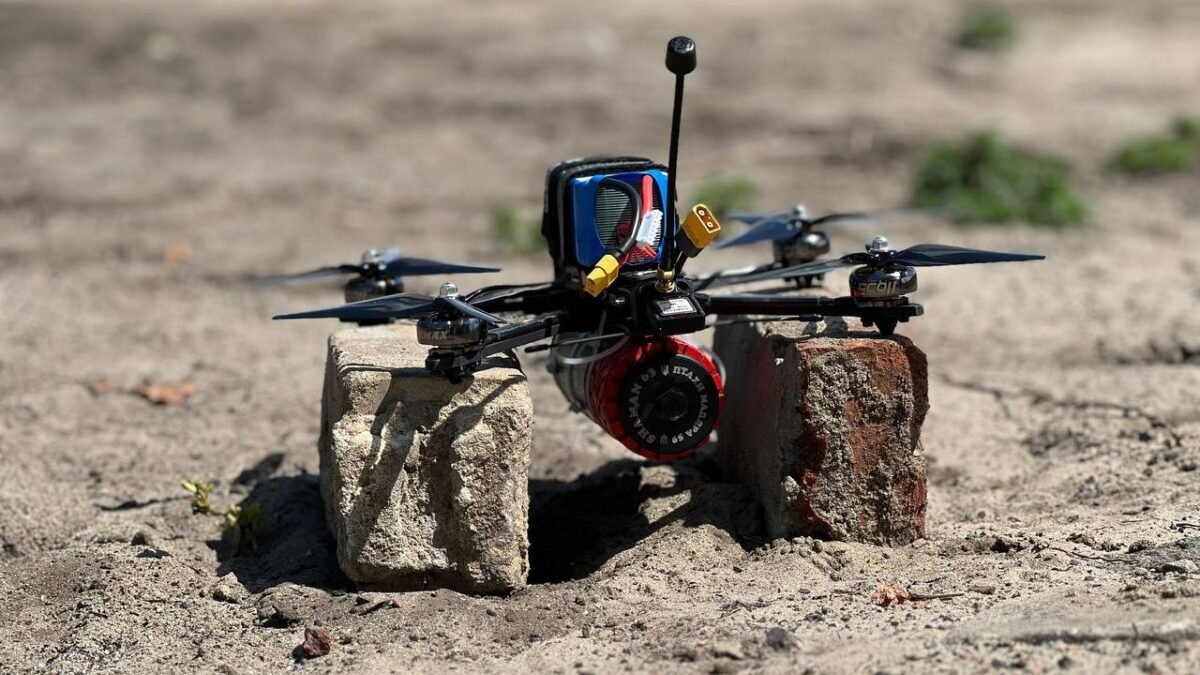
2. Technical Anatomy of FPV Combat Drones
FPV drones utilized in Ukraine are usually less than two kilograms in weight, with brushless motors of high thrust, lithium-polymer batteries, and easily repairable or replaceable modular frames. Payloads vary from hand grenades to shaped charges, attached through release systems that extract safety pins halfway during drop. Most utilize analog video transmitters for low-latency transmissions necessary for leading drones through windows or into automotive hatches.
Ukraine’s three-month concept-to-frontline deployment innovation cycle has yielded drones with enhanced range, autonomous flight, and jam-resistant electronics.
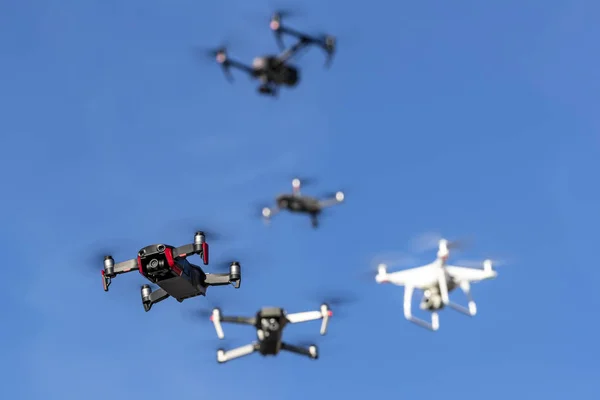
3. What Ukraine’s Innovation Cycle
Teaches Us Ukraine’s drone warfare has marched through four significant tactical-technical generations in two years. The military collaborates directly with local manufacturers, facilitating real-time feedback and redesigns. This close loop is a stark contrast with the US Army’s acquisition process, where capability requirements could take years to validate and fund.
As Army Futures Command Gen. James Rainey pointed out, “In some cases, when we document the requirement what we need in two years will be different.” Without broad capability definitions and flexible funding, US programs are at risk of fielding out-of-date systems.
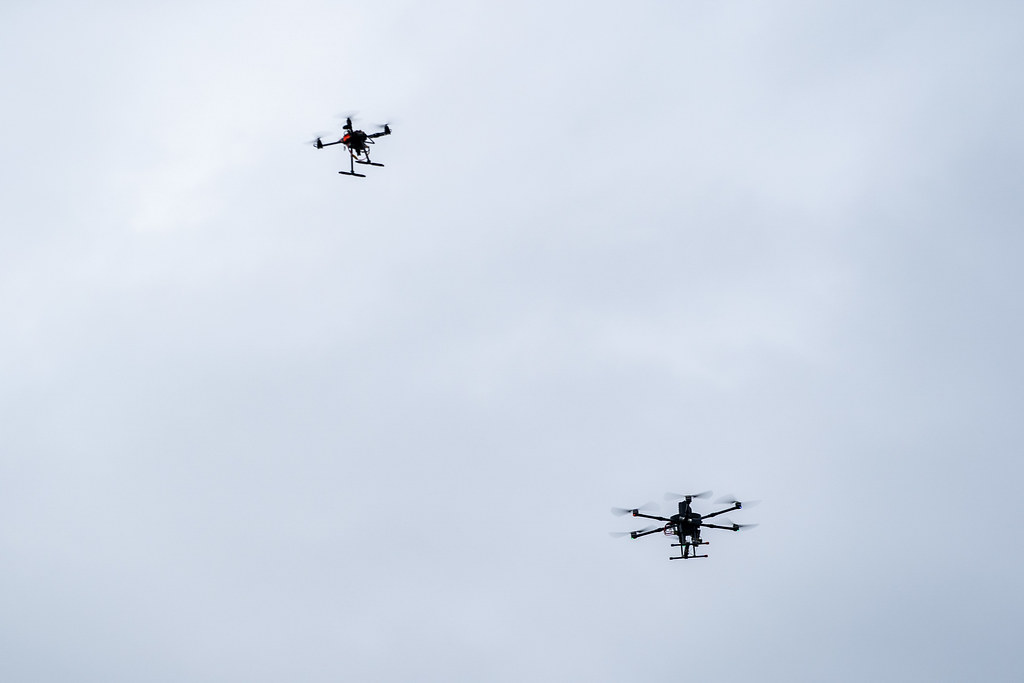
4. Counter-Drone Imperatives
The surge in small armed drones has created corresponding demand for countermeasures. Existing US capabilities are kinetic interceptors, electronic warfare systems, and directed-energy weapons (DEWs). Many are not extensively deployed, and few units receive training to employ them. Experts caution that in a peer competition like with China US forces risk being overmatched by drone swarms unless they have scalable defenses.
High-power microwave (HPM) systems, such as the Air Force’s Mjolnir prototype, hold out the possibility of swarm-neutralization by disabling electronics in large numbers, while laser DEWs provide low-cost-per-shot accuracy, although both are handicapped by range and power problems.
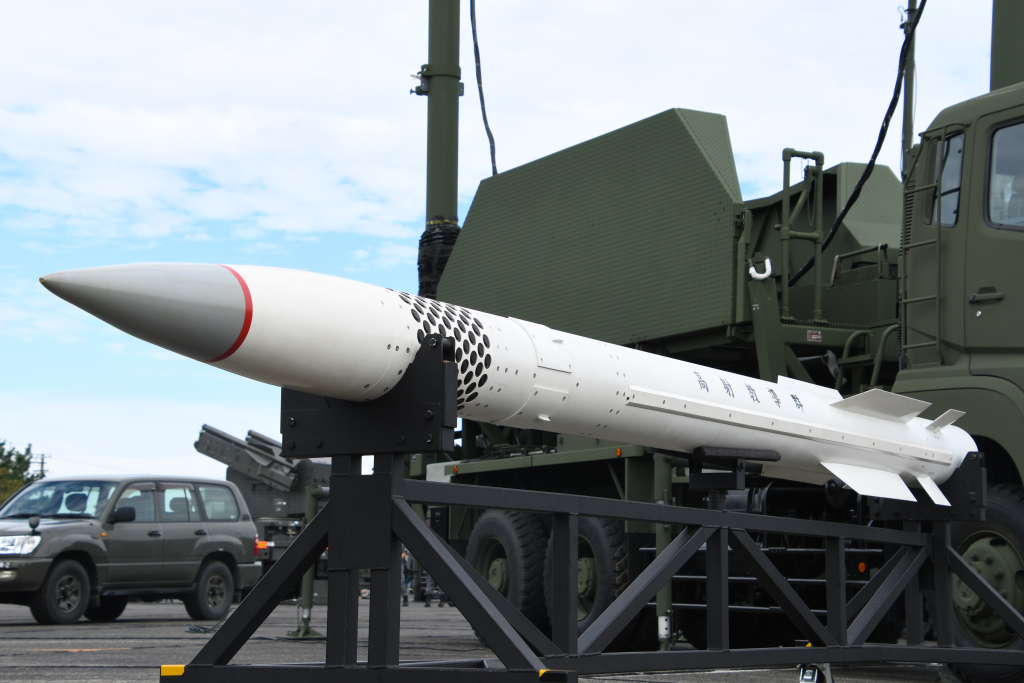
5. The Economics of the Exchange Ratio
Ukraine’s experience highlights the “exchange ratio” challenge: destroying a $200 quadcopter with a $3 million Patriot missile is not sustainable. More cost-effective solutions, like the Advanced Precision Kill Weapon System (APKWS) or the Thales Lightweight Multirole Missile (LMM), can target small drones without exhausting high-end munitions. Fielding such systems within maneuver units, instead of compartmentalizing them in air-defense units, would proliferate self-protection across the force.
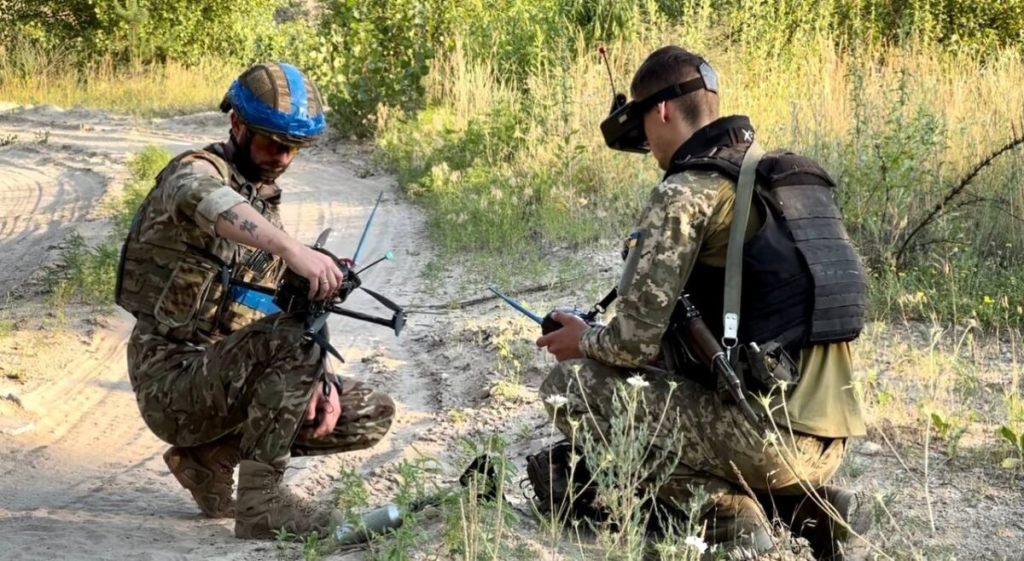
6. Training and Cultural Shifts
To mainstream drone use, the Army is incorporating sUAS training across basic and advanced training. At Fort Bliss, troops assemble drones from parts, fly them through obstacle “gyms,” and practice delivering munitions.
Brig. Gen. Andy Kiser of the 82nd Airborne Division spoke of their value for reconnaissance: “We can spot IEDs beforehand make sure we’ve got real enemy threats in structures before we attack.” Training capacity, nonetheless, is still in shortage, and interoperability with systems employed by sister branches is undeveloped.
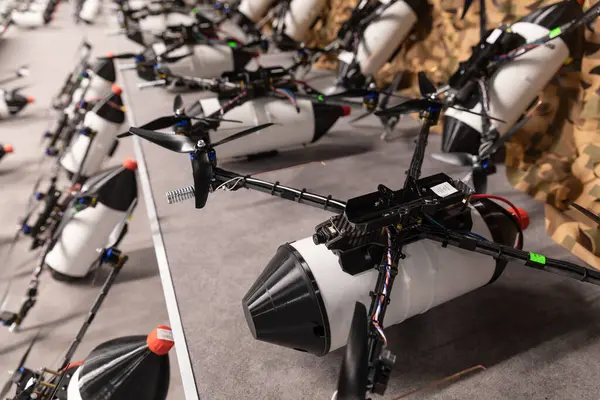
7. Industrial and Supply Chain Constraints
US drone manufacturing is confronted with cost and sourcing challenges. Ukrainian companies tend to employ cheap Chinese parts motors, chips, video transmitters prohibited in US military equipment due to security issues. Local equivalents are 100 times pricier, which restricts mass production. Lacking mass orders, American companies such as Neros, which manufacture 2,000 drones monthly, are still well short of Ukraine’s four million annual capacity. It has strategic consequences, particularly in wars where mass output and instant flexibility are determinant.
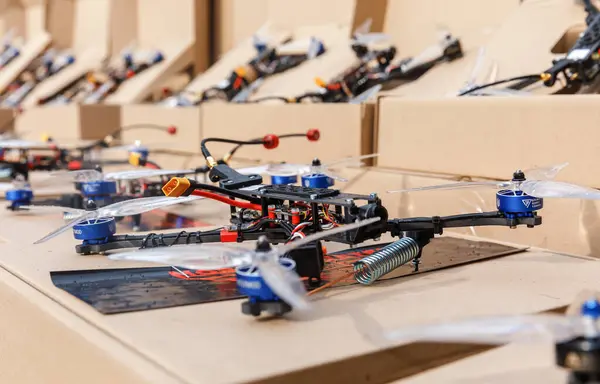
8. Fusing Offensive and Defensive Drone Doctrine
The Army’s efforts to modernize, such as “Transformation in Contact” and Human-Machine Integrated Formations, aim to deploy FPV, loitering munitions, and tethered drones in conjunction with counter-drone systems. Doctrine, however, needs to come up to speed to use drones as regular kit such as rifles or radios and to provide every unit with both offense and defense.

As Defense Secretary Pete Hegseth stressed, Units are not equipped with the lethal small drones the current battlefield demands. The recent achievements of the US Army live grenade drops, drone-on-drone kills are milestones that mark progress as well as how much the army lags behind Ukraine’s battlefield dominance. It will take not just new technology but a seismic shift in acquisition agility, training culture, and industrial capacity to close this gap.
